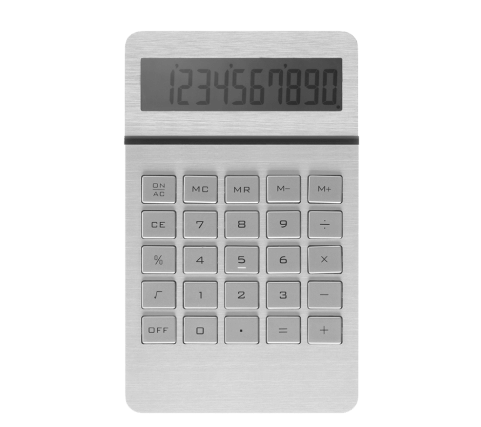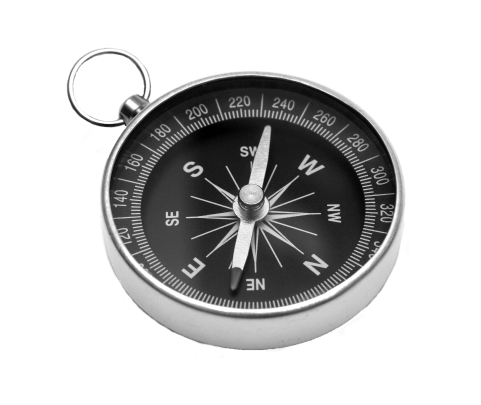Valuation calculator
Find out what your business could be worth, and discover how to meet your target valuation.

When using our valuation calculator, remember:
The true value of your business will also depend on the buyer.
Are you offering them a strategic advantage? Or does their size and scale mean they’re worth more and able to put forward higher offers? We often see a spread of valuations offered by different buyers, which is why our calculator provides a valuation range, rather than a single figure.Valuation figures often change.
Over the last few years, we’ve seen valuations rise significantly and more recently a slight reduction in valuations, especially for smaller firms. We’ll keep this calculator updated with the latest figures, so check back regularly.This valuation calculator isn’t intended to replace a formal valuation.
An accountant looking at this tool would have a field day! But since valuations vary so widely, an indication – like the one provided by our calculator – is often all you need.Some brokers will charge thousands of pounds for a valuation, so try our free calculator first.
We’ve seen many broker valuations which make us scratch our heads as they often don’t take external factors into account. Some also give a precise figure, but is this wise when valuations are so fluid?Make sure you choose the right valuation method.
The ‘multiple of recurring revenue’ method will probably only apply when you have a small business or client bank to be fully integrated. Larger businesses, or a sale where you’re transferring staff and premises as well as clients, will probably use the ‘multiple of adjusted profit’ valuation method.Apply your own personal objectives to the valuation range given.
Usually the higher the offer, the more terms and conditions attached. Think about the highest payers in the market. We all know who they are, and why they can offer so much. Your objectives may be broader than maximising the amount you can receive.Tell us about your business and get a valuation straight away, no contact details needed
From the information you have provided so far, we believe that it is likely your business will be valued based on a multiple of recurring revenue, instead of a multiple of adjusted profit.
We believe that the value of your business is likely to fall into the following range.
If you would like to gain a more accurate valuation please contact is on 0113 4656 111 or email hello@melo.co.uk
From the information you have provided so far, we believe that it is likely your business will be valued on a multiple of adjusted profit, adjusted for certain factors. To calculate an approximate valuation for your business, we need you to answer a few more questions.
Most businesses are valued as a multiple of EBITDA. This stands for earnings before interest, taxes, depreciation and amortisation. The valuation will be based on a multiple of ADJUSTED profit. This is the profit the acquirer is expecting post-sale.
To work out the adjusted profit figure, you will need to take your current profit figure and apply ‘add-backs’. These include:
- One-off expenses – for example, you paid for a new website, you took legal advice that year, etc.
- Director costs – you will no longer own the business, therefore remove all costs relating to the directors including salaries, pension contributions, PMI, car leases etc.
- Anyone else exiting the business – you can remove their costs.
You will also need to apply ‘take-offs’ – a take-off is a new expense not included in your accounts, but that will be included in a buyer’s future P&L.
Take-offs will include:
- If you and or the other owners are remaining in the business, what are fair market salaries for your roles? Bear in mind employer NI, pension contributions and other benefits.
- If other advisers are exiting, do these need replacing? Include fair market salaries for these. Bear in mind employer NI, pension contributions and other benefits.
- Does the business need other resource, are you currently running the firm overly lean? You need to include any other costs here.
Note – this is for illustrative purposes only. All acquirers will have their own calculation for adjusting the EBITDA based on their business and the cost base, and what they deem are fair market salaries.
We believe that the value of your business is likely to fall into the following range.
If you would like to gain a more accurate valuation please contact is on 0113 4656 111 or email hello@melo.co.uk

We're your
navigators!
Say 'elo
We’ve got our thinking caps on and we’re ready to mingle.
